Modartt Pianoteq 6 Review – A slick upgrade
Modartt’s multi-award winning Pianoteq software gets upgraded to Version 6. Andy Jones asks: just how many pianos does a producer need? Price €99 to €699 Contact Modartt Pianoteq 6 key features Physically modelled virtual piano instrument Four versions €99 to €699 14 free instruments, plus 2 packs Up to 49 instruments available in total (separate […]
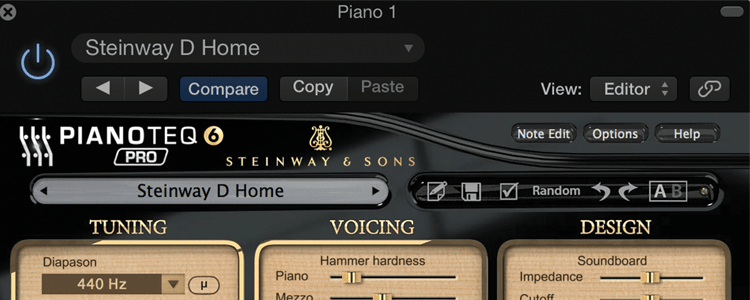
Modartt’s multi-award winning Pianoteq software gets upgraded to Version 6. Andy Jones asks: just how many pianos does a producer need?
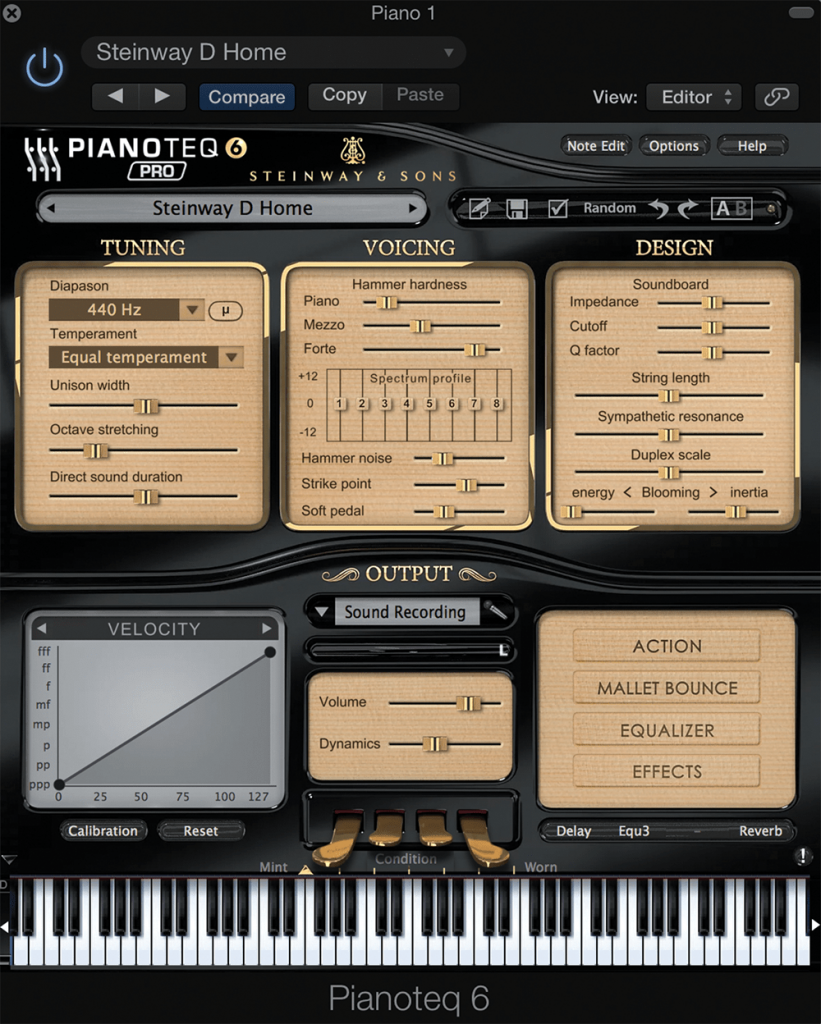
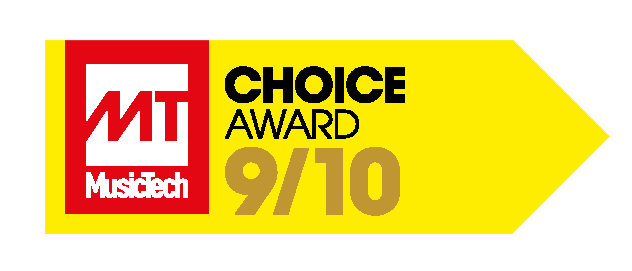
Price €99 to €699
Contact Modartt
Pianoteq 6 key features
- Physically modelled virtual piano instrument
- Four versions €99 to €699
- 14 free instruments, plus 2 packs
- Up to 49 instruments available in total (separate packs sell for €49)
- Effects Tremolo, Wah, Chorus, Flanger, Phaser, Fuzz, Delay, Amp, Compressor, Mini-EQ
- Parameters include octave stretching, hammer hardness, string length, sympathetic resonance
- Up to five mics with adjustable positions
- VST, AU, AAX, standalone
- Requires Mac OS X 10.7, Windows 7 or later, Linux (x86 and ARM)
The piano is easily the most popular keyboard instrument ever created. My music collection would say otherwise, screaming ‘synth!’ all the way, but even if you were to add up every synth preset that’s ever been recorded, I’m willing to bet that you wouldn’t come close to the number of times the piano has been saved to tape, wax or hard drive. [Actually, I’m not willing to back that with cash, but you get my drift.]
Music-technology companies know this, of course, and have been offering us various sample-based solutions over the years promising to be the perfect piano substitute. Of late, I’ve looked at a pinnacle of hardware sampling in the form of the Nord Piano 3 and, just recently, I looked at Synthogy’s latest Ivory collection, surely a new standard for detailed software sampling. Modartt, however, as well as realising the popularity of the piano, has always trodden a slightly different, non-sample-based path to piano perfection.
Over several years and versions, the company has been adding more and more features and models to its incredible Pianoteq software and MusicTech has been heaping praise on it on just about every release (It has won at least two Gear Of The Year Awards and several Excellence and Innovation Awards).
This is because it has not only sounded great but delivered so much greatness over a relatively light download. Like I said, it’s non-sample-based and uses physical modelling instead, so rather than 112GB for Synthogy’s pair of pianos, with Pianoteq 6, it’s a 50MB download, covering up to 49 instruments (and not just pianos, as we’ll see).
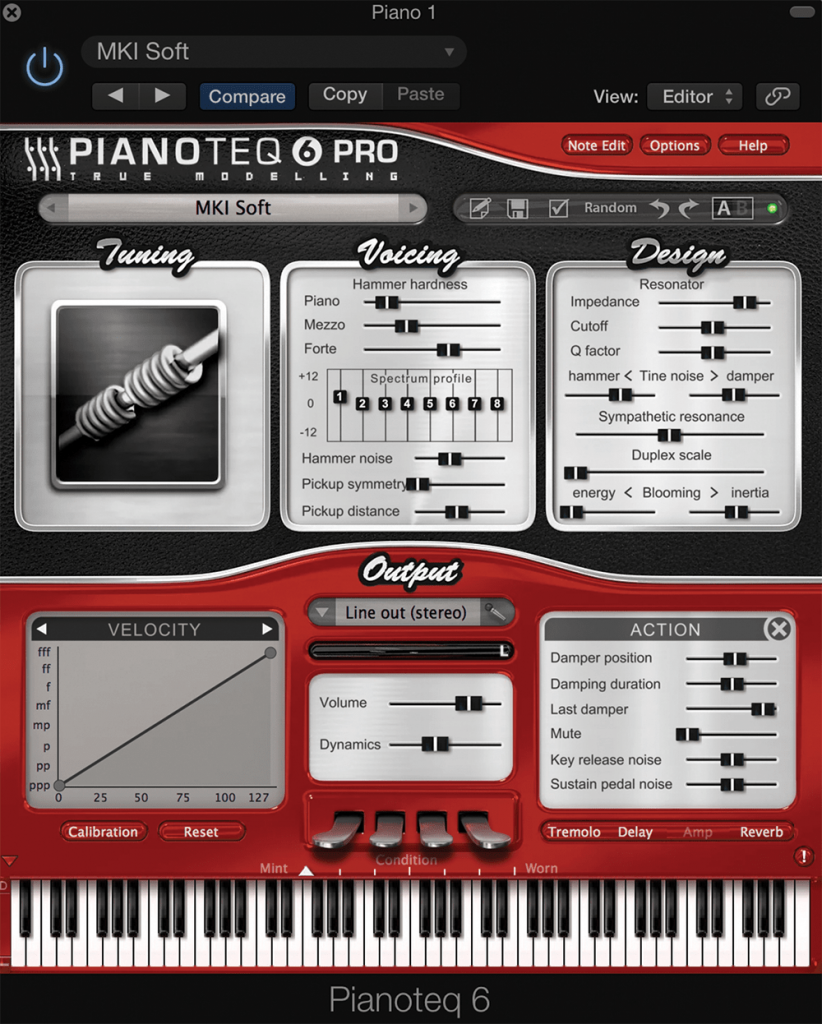
A quick word on versions
I’d best run through the versions of Pianoteq because there are three (actually, technically, four). These are Pianoteq 6 Stage (€99); Standard (€249); and Pro (€399). With each version, you get an extensive range of 14 free instruments that cover everything from church bells up to a couple of grand pianos.
Then, again with each Pianoteq version, you can add two further free packs of instruments from a choice of three (Acoustic, Electric, Chromatic). There are more options, which cover pretty much everything else that you might expect, including rock pianos, harp, harpsichord, several grands and other historical collections. You can add these packs to your collection from €49 a pop.
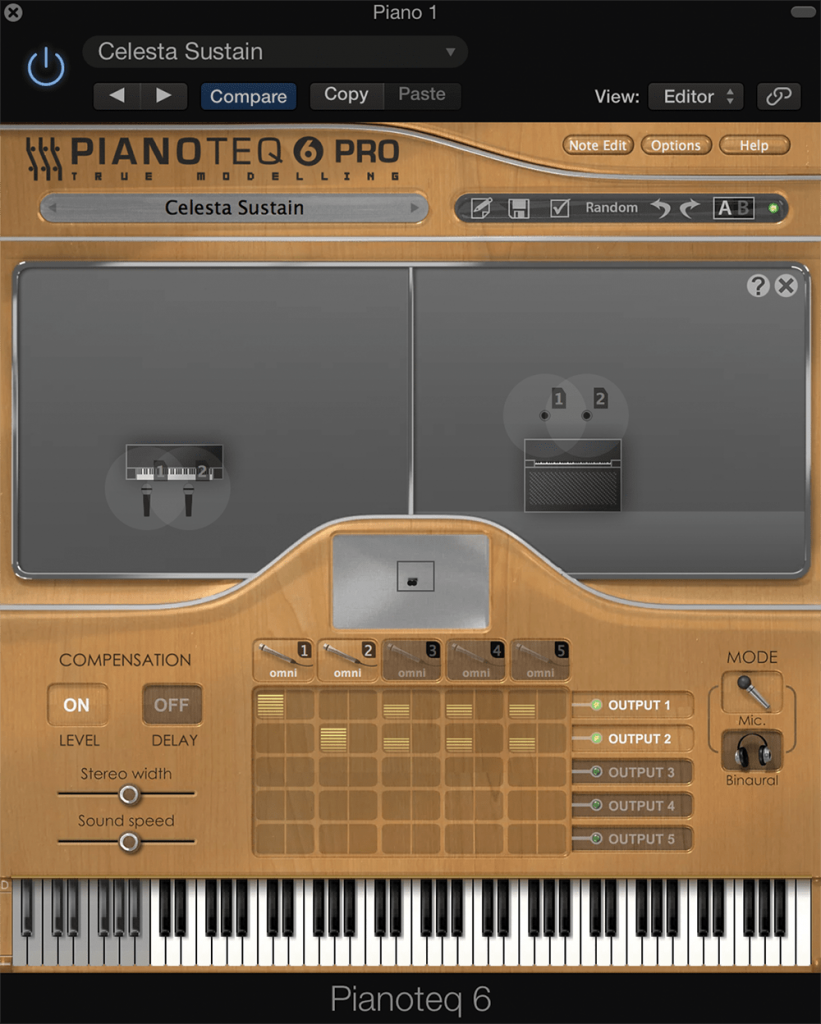
To sum up: there are three versions, each coming with several free sounds and two packs each. So what is the difference, then? Really, this comes down to the technical extras. The cheapest Stage version won’t allow things like tweaking the piano model or microphone settings, whereas the Standard version adds these, and Pro adds per-note editing and supports up to 192kHz audio.
When you cram in all of the packs, options and differences into a couple of paragraphs like I just have, it can get a little overwhelming, but if you’ve got the cash, a simpler fourth option might just clear it up for you. Pianoteq 6 Pro Studio Bundle offers everything: that’s all the 49 instruments, the quality, the options and the tweaking. It’s a mighty €699 to buy, but Pianoteq will also throw in what it releases for free, a year on from whatever the purchase date is.
Do I really need this?
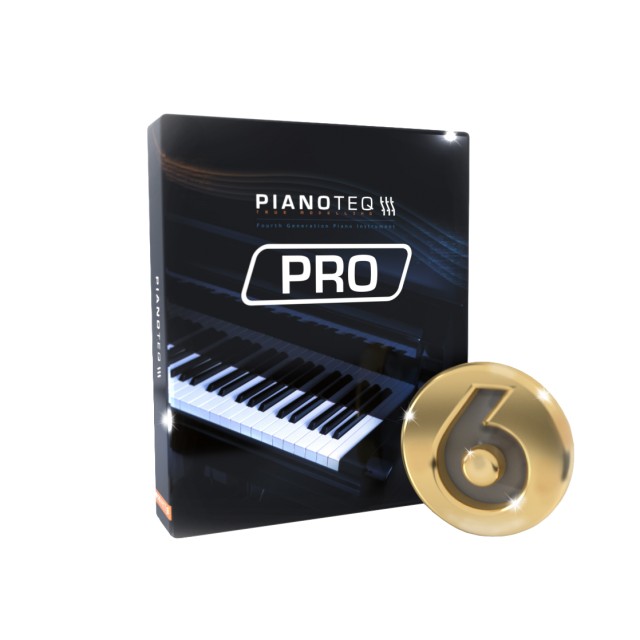
Everyone needs a great piano, right? That’s true; pretty much every genre of music uses the piano to some extent, from ballads to rock, dance to classical, and Pianoteq has them all covered. However, before purchase, do make sure you haven’t already got a great piano hidden away on your system somewhere. NI Komplete Ultimate owners will have several, and every DAW usually comes bundled with a piano
A good half dozen?
Modartt tells us that its physical-modelling engine has been upgraded for Version 6 to “increase realism and acoustic presence on all its modelled instruments”. This extra refinement has paid off, too, as the software is now endorsed by none other than Steinway & Sons. There’s VST3 support, more tuning tools for microtuning and more experimental tuning, improved MIDI mapping and audio-export options.
Recent instrument additions include Hans Ruckers II harpsichord, Electric Pianos and the Model B grand piano. I’m reviewing the fullest Pro 6 bundle, so my interface was treated to all of the options and there are loads of ways to tweak and subtly vary your sound.
What’s great, though, is that you can leave them at home behind their various fascias and sections. These are Tuning, Voicing, Design at the top of the GUI and Velocity (complete with graphic), Output and a four-option window to adjust Action, Mallet Bounce, Equalizer and Effects. Remember that some options aren’t available to Stage and Standard buyers – so you should assume these options are greyed out in those versions. If you do go for the fuller version, the number of options is pretty mindblowing and less advanced users might be put off – so do consider one of the cheaper options if you’d like to save some cash.
There are even more options when it comes to the presets. Again, we have a fully loaded version, but if you want some great options to consider, the Electric Pianos are stunning and, combined with the Random option, offer some completely out-there results, throbbing and droning to the max if you want them to.
Of course, the Grands are grand. The refined detail in the acoustic modelling seems to have come to the fore (just check out some of the before-and-after examples on the Pianoteq website for proof). Subtle edits in the Action and mallet Bounce area can really be heard, while less subtle editing of the reverb parameters can yield endlessly atmospheric results.
I really love some of the Chromatic Percussion presets, too – especially Celesta Sustain – with its modelled, velocity-changing sound that stretches from incredibly deep lows to bright atmospheric highs, as indeed do so many of the sounds. Only some of the steel percussion feels a little too far removed from the piano sound to be totally at home, but the historical instruments are lovely.
If you’re considering a cheaper Pianoteq, check the site for which version has what and which two free packs you’ll need for the sounds I’m describing – the 14 free instruments do also offer a great variety. One other point: that Random key I mentioned really does become your friend after a while, and you’ll be saving some extraordinary results in no time.
Conclusion
Pianoteq, as ever, sounds wonderful. It’s light on your processor and hard drive and should run on just about every computer in circulation today (please don’t hold me to this). No-brainer, then? Almost. As ever, I’ll throw in a couple of caveats, the first being in the Do I Really Need This? box – you might have a great piano already… they’re everywhere! The second is that you really should examine the comparison tables on the Pianoteq website for the differences between versions. Decide whether you need everything, because €699 is a lot to pay for anything these days.
However, Modartt has been clever in its price points and the Stage version is attractive. It’s the cheapest, at €99, but you still get two packs to choose from, 14 free instruments and the option to buy more without getting close (at first, anyway) to the €699 for everything.
So if you’re after a specific piano sound, or new to piano technology, I’d say start low and work your way up. Modartt’s upgrade scheme is great: you can always dive further in later. For aficionados, you can pay a hell of a lot for one decent piano. For €699, you get a hell of a lot of pianos and other instruments too, so you could argue it’s not so big a price tag.
But whatever your stance, Modartt has a price point, an upgrade path and excellent-sounding pianos there for you. Pianoteq has become one of the few pieces of software to attain classic status, and V6 doesn’t disappoint.
Alternatives
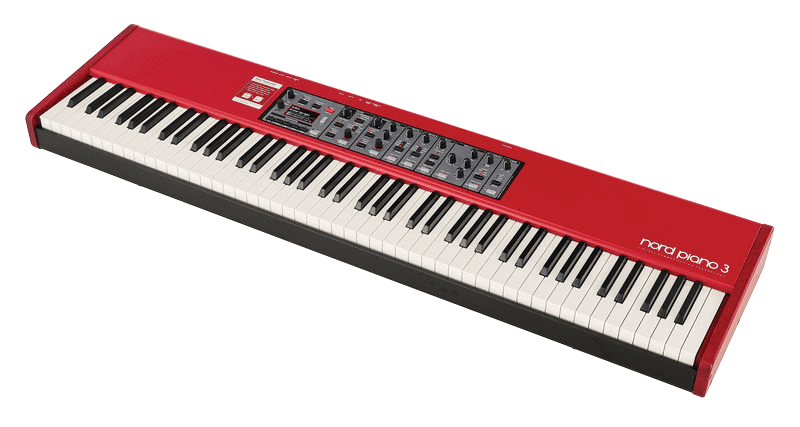
Nord
Piano 3 £2,200
Not so much an alternative, but if you want the best piece of piano tech (see what I did there) available, this could be it, but then it should be at that price. You get access to the Nord library, an incredible keyboard and loads of controls.
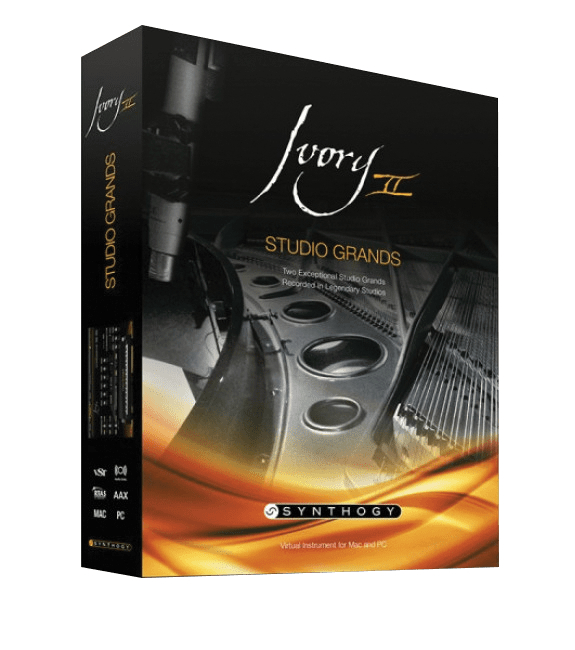
Synthogy
Ivory II Studio Grands £205
A couple of hundred quid and 112GB of your hard drive will buy you a couple of grands that cost £50-100k to buy as proper furniture. They sound incredible, but the physical modelling of Pianoteq does a more lenient job.